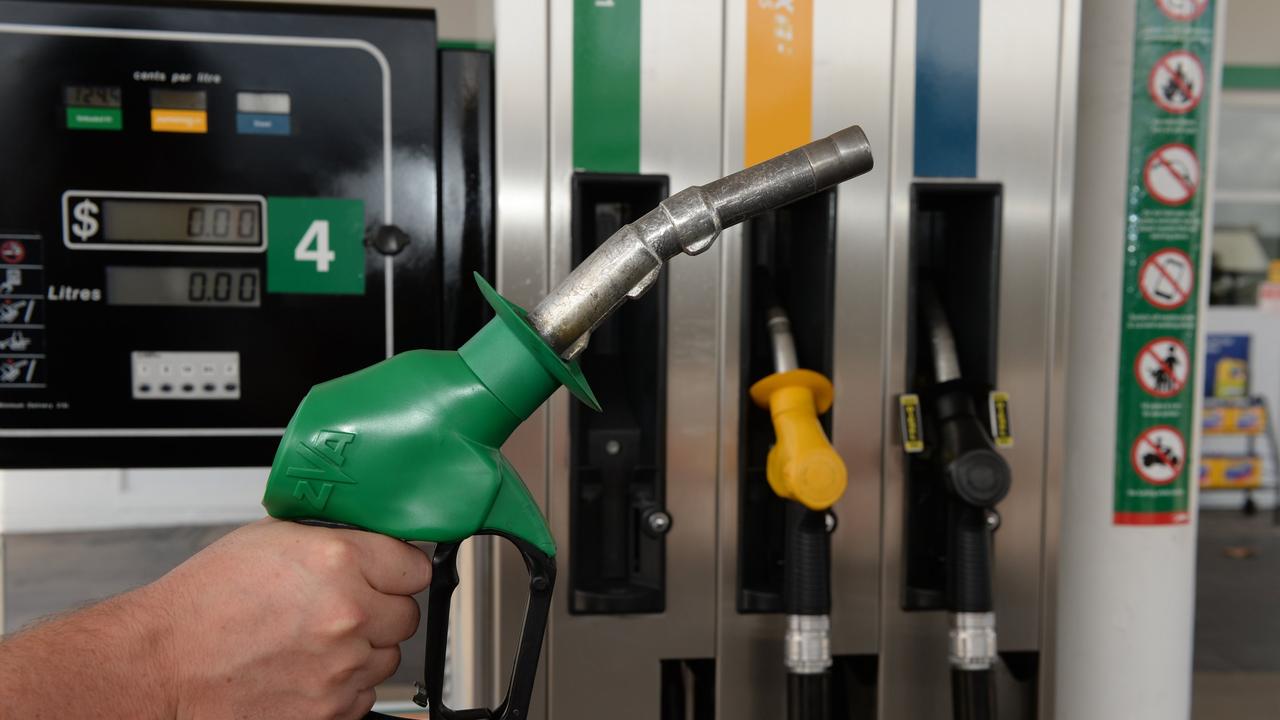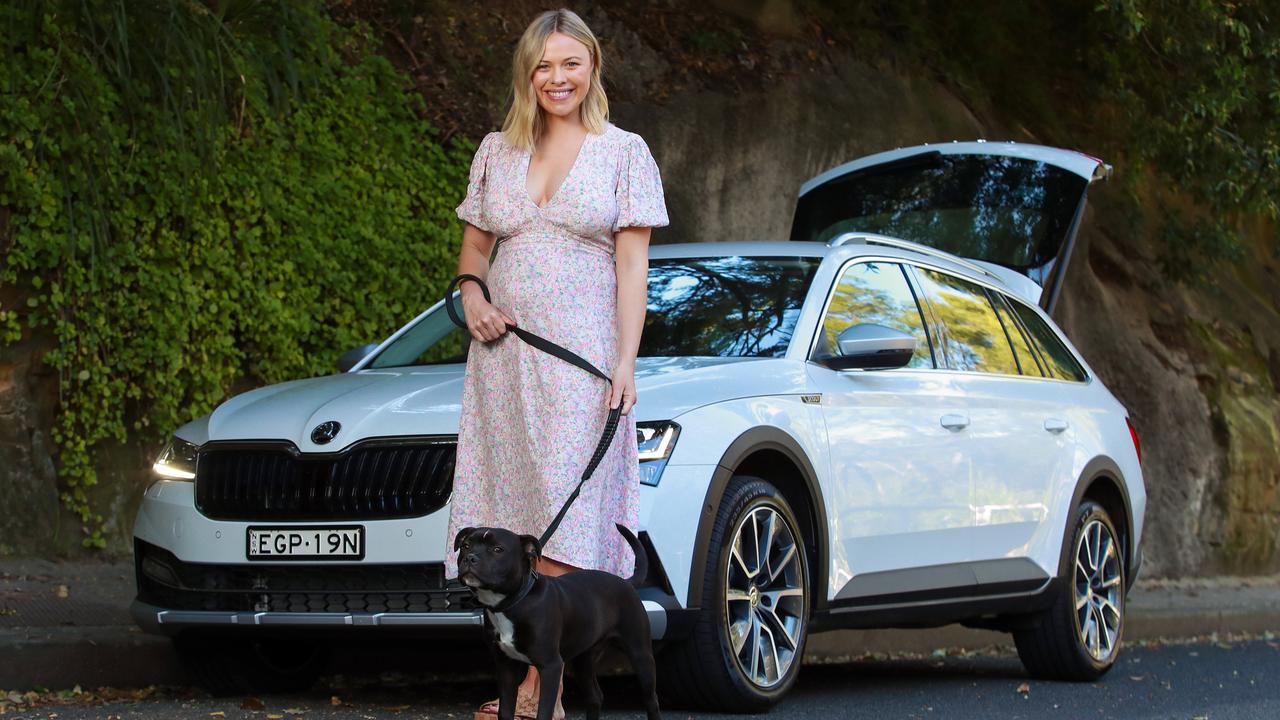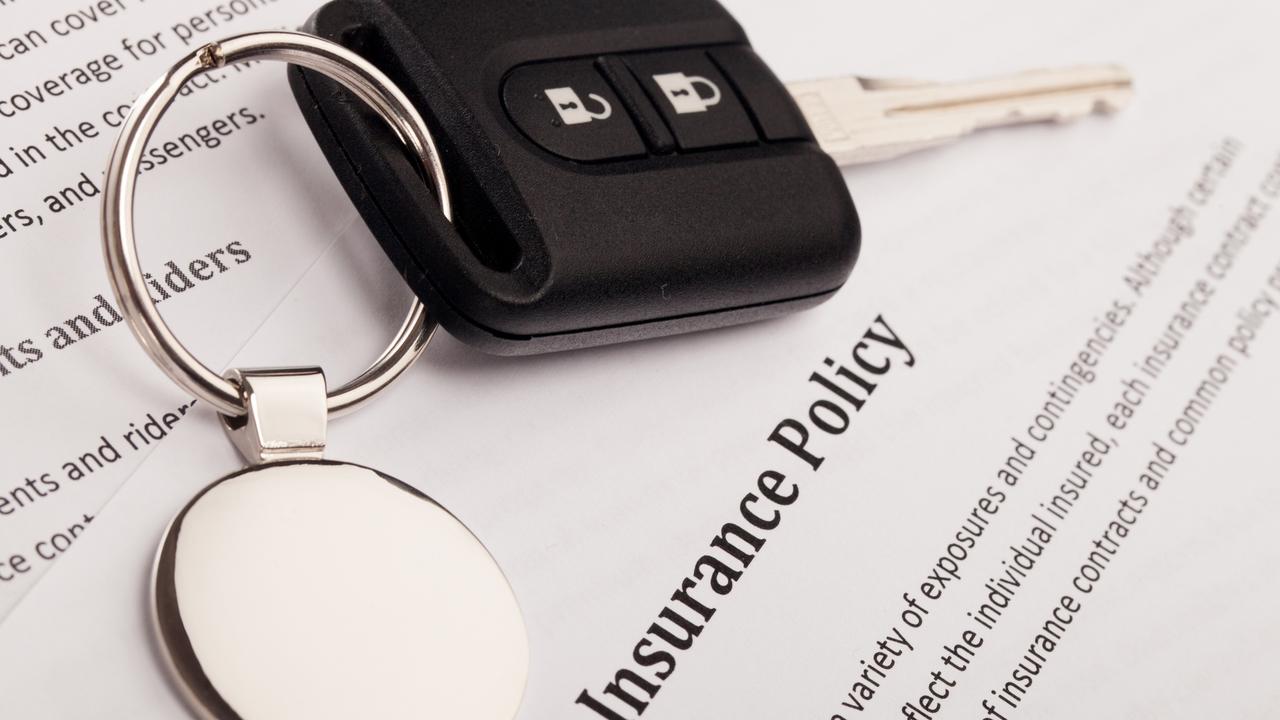The rise and fall and return of the Chinese car in Australia
CHINESE car brands have yet to convince Australian buyers, who have shunned them as cheap and poor quality alternatives to mainstream brands. But is that still the case?
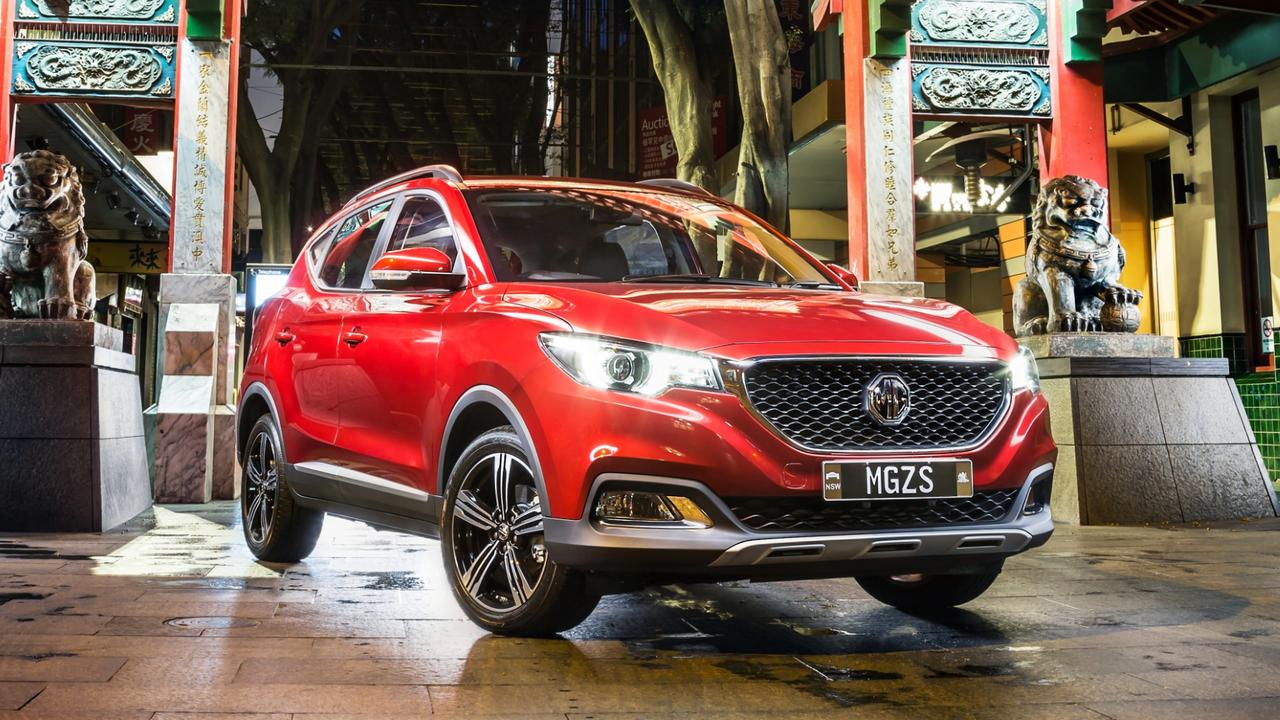
CHINESE cars are making a comeback after a stalled start.
The quality and choice of vehicles have come a long way since the Great Wall ute became the first Chinese-branded vehicle sold in Australia 10 years ago.
The first Chinese vehicles earned just two stars for safety; last year four cars earned a five-star crash rating.
Most other Chinese cars now have a four-star safety score, although there are still a few languishing with two or three.
Question marks remain over the relative unknowns of reliability and resale value.
Ross Booth, general manager of resale value guide Redbook, says Chinese vehicles “still lag a long way from competitor brands” because used-car buyers “pay more … for brands and vehicles they trust”.
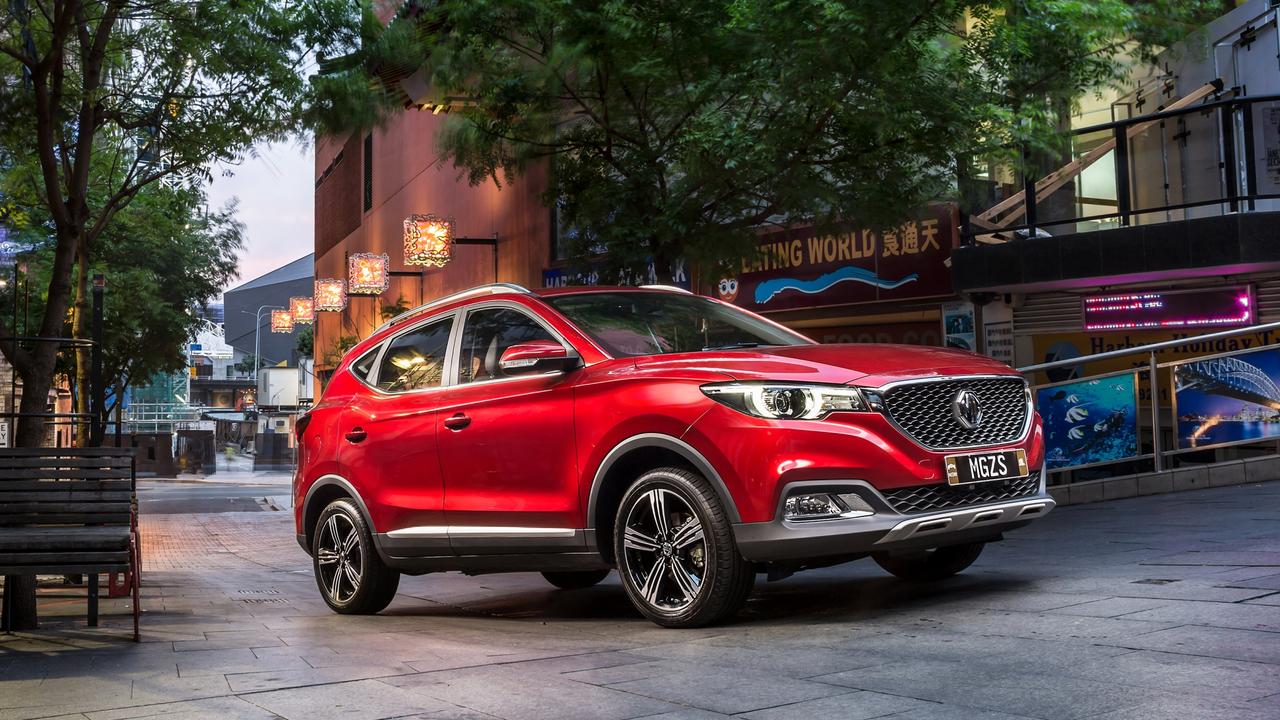
Some Chinese brands have added long warranties and roadside assistance to put buyers at ease — but so too have most mainstream marques, diminishing the advantage.
The rise of Chinese vehicles has not happened as quickly as some analysts predicted.
In the past 10 years, Chinese cars have clocked up only 60,000 sales and for now account for just 0.8 per cent of all vehicles sold.
By comparison Korean pioneer Hyundai delivered more than twice as many cars in its first 10 years in Australia (125,000 from 1986 to 1995) and accounted for 5.5 per cent of all new vehicles sold at the end of its first decade.
Hyundai is now the third biggest seller behind Toyota and Mazda, displacing Holden and Ford.
The original forecast for Chinese cars by industry observers — myself included — was that they would catch or overtake the Koreans in five to 10 years. It now looks like being at least 20 years before they will get within coo-ee.
Prices have crept up because they’ve have had to invest billions in meeting more stringent engineering and safety standards for their newest models. Chinese manufacturing costs are rising, too, eroding a major advantage.
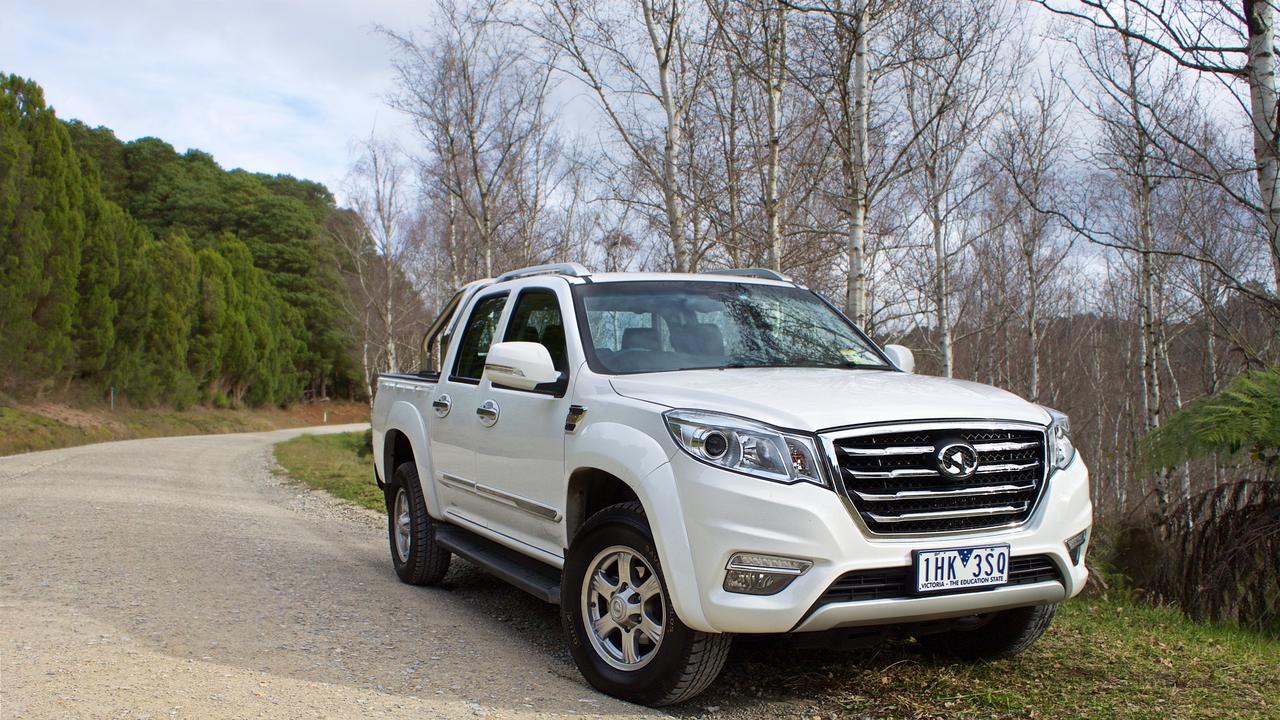
Aggressive discounting from top-selling brands has made it less tempting for buyers to take a punt on a relatively unknown Chinese model.
Despite this headwind Chinese cars have posted three successive years of growth, although they’re yet to return to the peak of 2012.
Sales hit the brakes after more than 20,000 Great Wall Motors and Chery vehicles were recalled to remove asbestos engine components.
Distributors have chopped and changed, interrupting supply and, among an already patchy dealer network, diminishing confidence.
Early arrivals such as Foton, Chery and Geely have disappeared. Not all Chinese car companies are prepared to invest in right-hand drive engineering when the three biggest markets — China, and the US and Europe — are left-hand drive and buy more than 56 million cars a year. Australia’s annual sales tally is just 1.1 million.
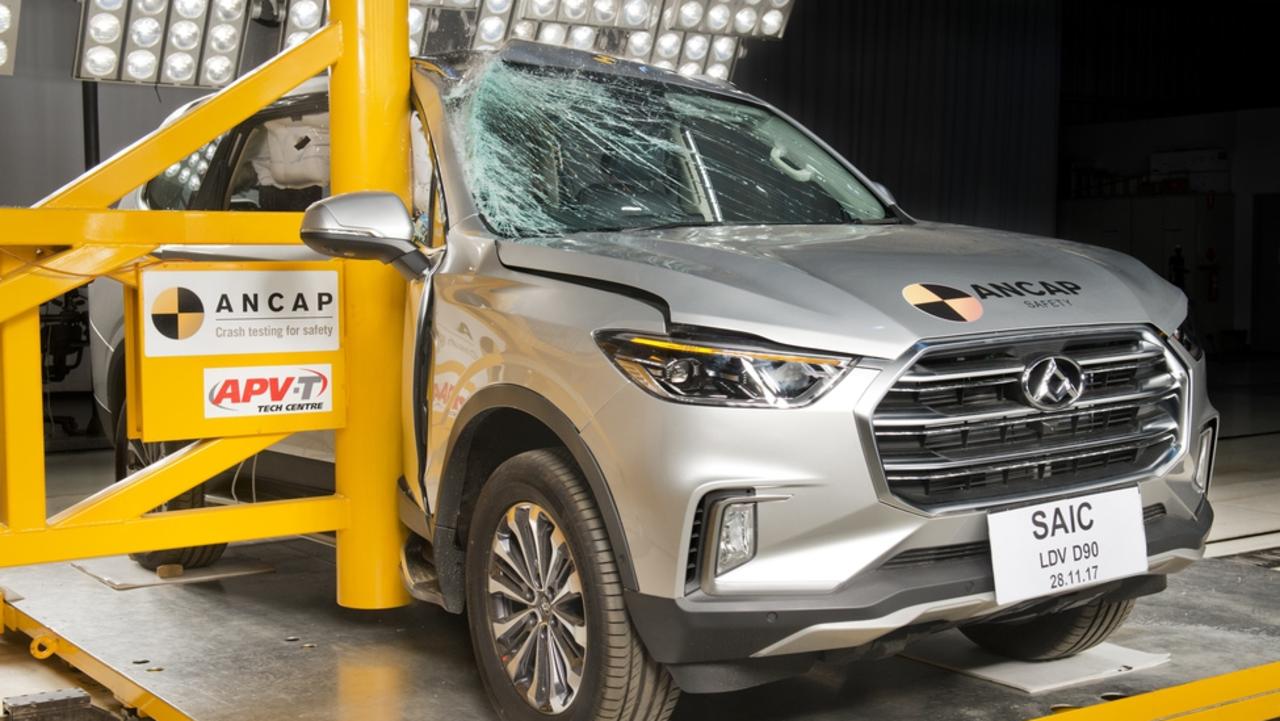
As you might expect, not all Chinese cars are created equally. Some are newer and safer than others.
Here’s the state of play with the main Chinese cars available today.
LDV
Its T60 ute is the first Chinese vehicle sold in Australia to earn a five-star safety rating, in August last year. A new design from the ground up, it’s as big as a Toyota HiLux but priced to undercut the Mitsubishi Triton.
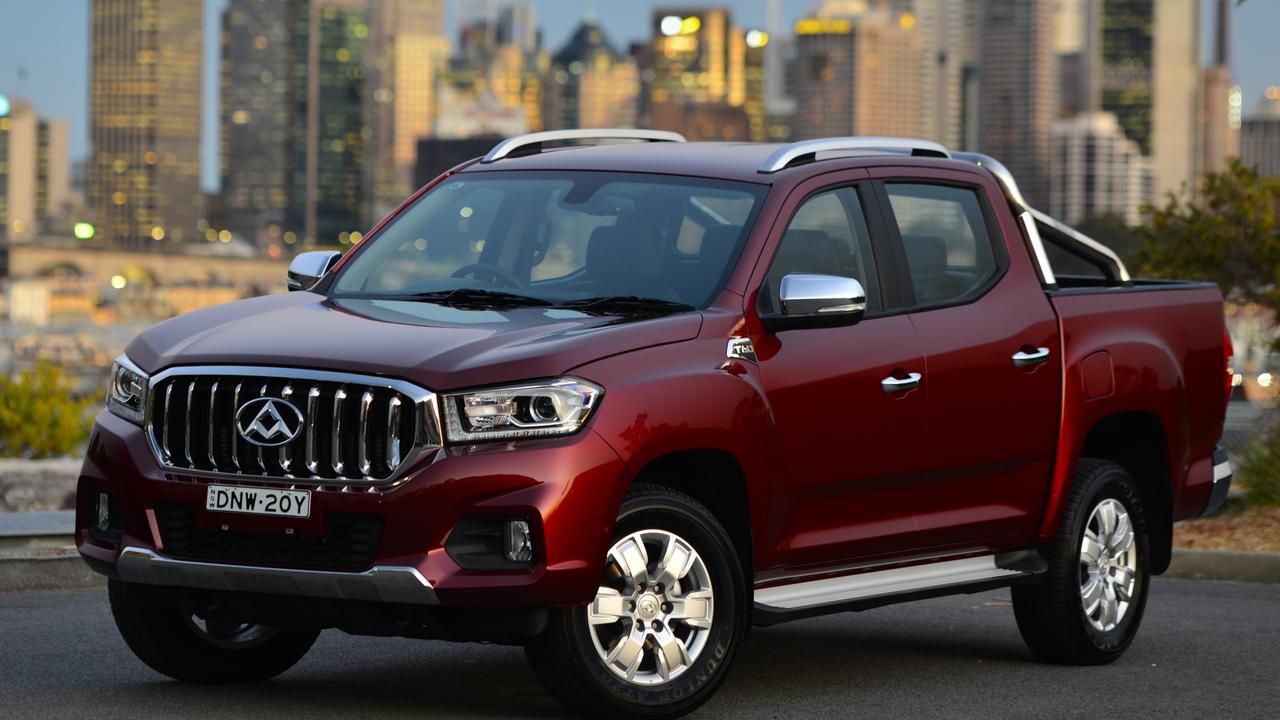
The five-year warranty and five-year roadside assistance add peace of mind. Apple CarPlay and Android Auto are standard, as is a large touchscreen, rear camera and lane wander warning.
However, the diesel is underpowered and the suspension and steering are agricultural, even by ute standards. The T60 could take a decent slice of the ute market if these issues were addressed.
The stablemate D90 is a five-star safety, seven-seat SUV. It’s more of a heavy-duty off-roader than a family wagon, although it is available with rear-drive or all-wheel-drive.
Its boxy design is almost as big as a Toyota Prado. Under the bonnet is a 2.0-litre turbo petrol engine in a segment dominated by diesel.
LDV’s G10 van (diesel or petrol) and people-mover (petrol only) are sharply priced and well equipped but come only with a three-star safety rating. The larger — but older and more rudimentary — V80 van is also a three-star proposition.
The Toyota HiAce, Hyundai iLoad and VW Transporter have four-star safety ratings. The Mercedes-Benz V-Class and Ford Transit Custom get five stars.
MG
Since 2005, the famed British sports car badge has been owned by various Chinese companies and it’s now a manufacturer of hatchbacks and SUVs.
Its current owner is the giant SAIC, which also owns LDV among other domestic brands. Joint ventures with General Motors and Volkswagen make SAIC the biggest automotive manufacturer in China.
MG is the No. 2 selling Chinese brand here, delivering about a quarter of those sold locally — and less than half the LDV tally (2300 versus 5000 year-to-date).
The MG6 five-door hatch and the MG-ZS small SUV have a four-star safety score. The larger “fun-size” SUV, the MG-GS, gets five stars.
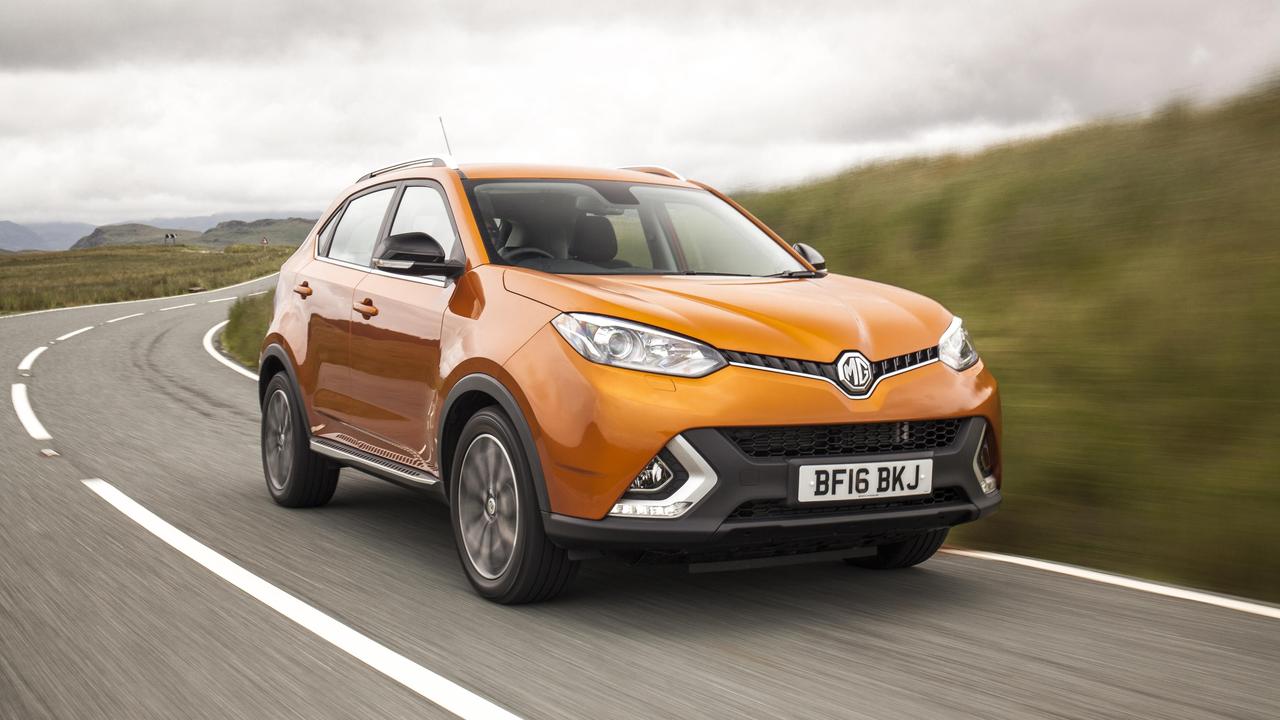
Warranty coverage is six or seven years, depending on the model.
We tested the MG-ZS. It presents well, its price is relatively sharp but it lacks the driving pizzazz you might expect from the MG badge.
The engine is lethargic, the steering is woolly and the suspension takes a while to recover after bumps.
To be competitive, MG either needs to improve the car or cut the price.
Haval and Great Wall
Haval is Great Wall Motors’ passenger car badge in Australia. Both brands combined have sold about 1100 cars so far this year, or 13 per cent of China’s tally — a fraction of its former glory.
Haval and Great Wall are now distributed in Australia by the factory directly, rather than through a third party. The original importer advertised the cars with sharp prices in bold type and Great Wall didn’t want to be seen as a discount brand.
In charge of its own destiny now, Great Wall is yet to regain its former levels despite being boosted by Haval.
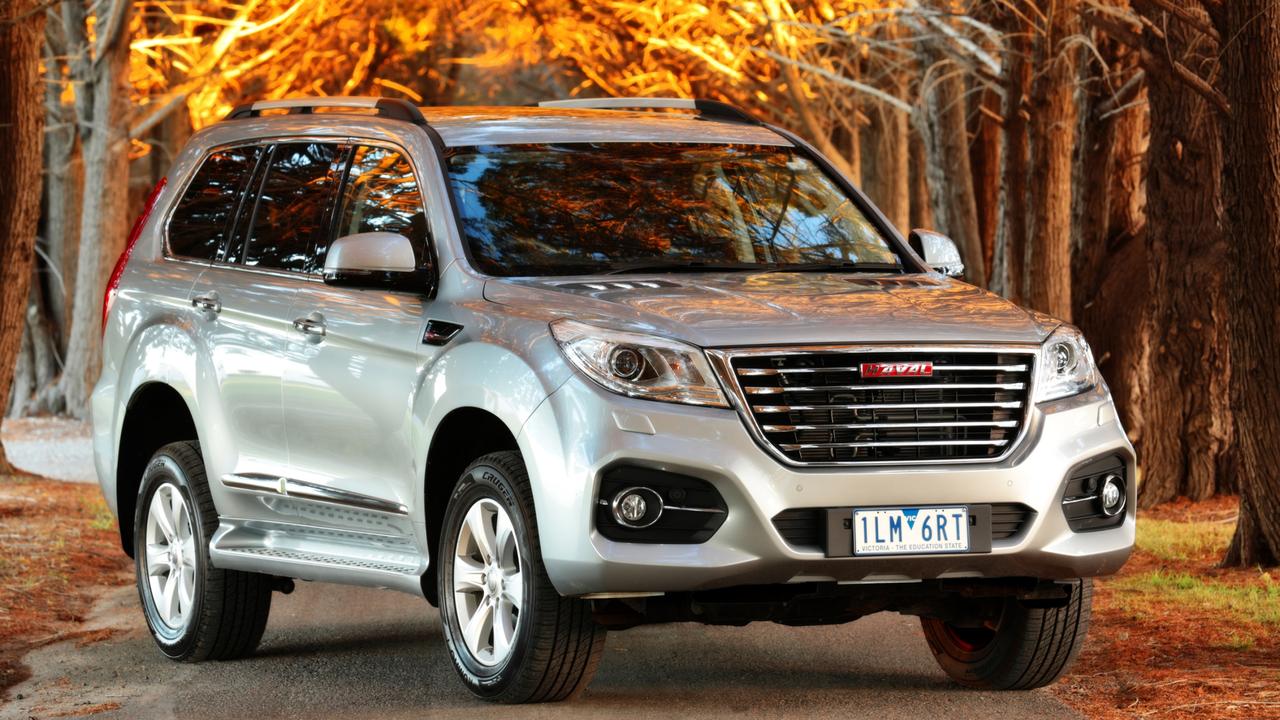
The H9 is a Toyota Prado-size off-road wagon with a four-star safety rating. It’s powered by a 2.0-litre turbo paired with an eight-speed auto.
The H2 is a rival to the Suzuki Vitara and has a five-star safety rating. ANCAP has yet to test the middle of the range H6 SUV.
Great Wall’s ute has had a facelift and a new name — the Steed — but it still has the same low two-star safety score as the predecessor on which it is based.
Haval vehicles come with a five or seven-year warranty, depending on the model. Great Wall utes have three years’ coverage.

